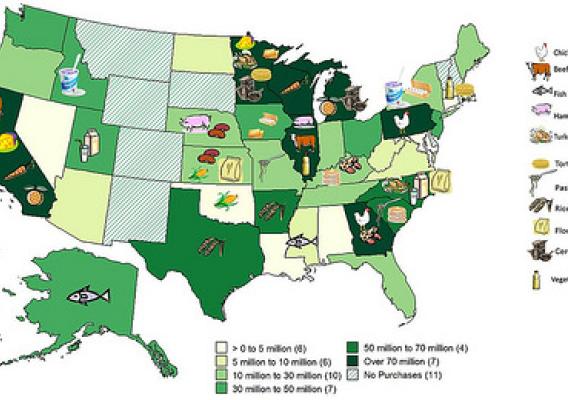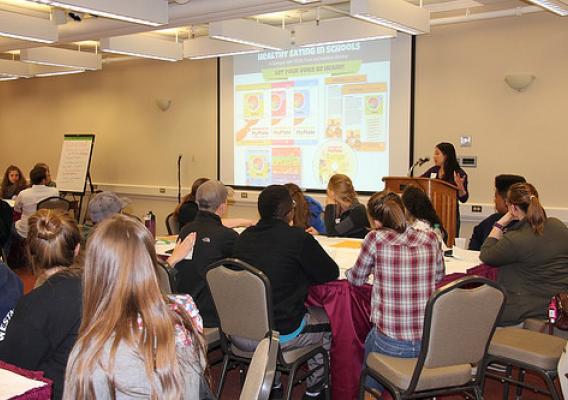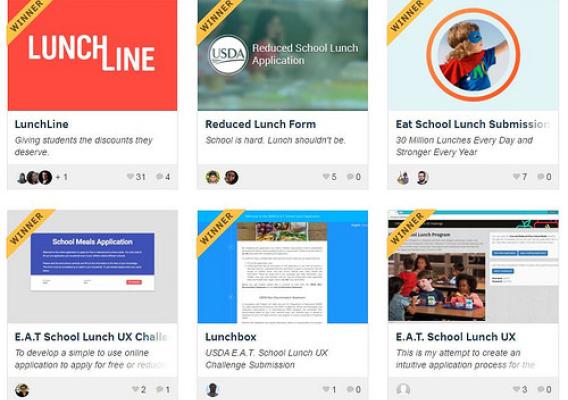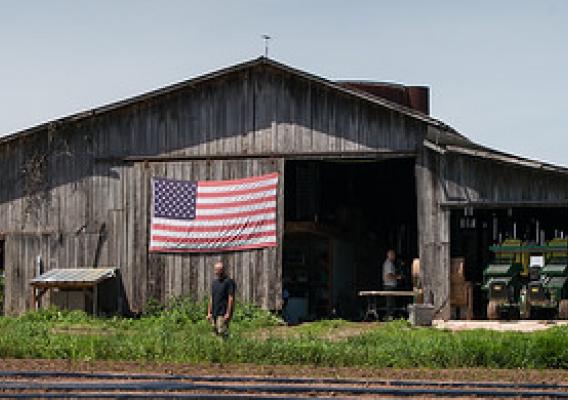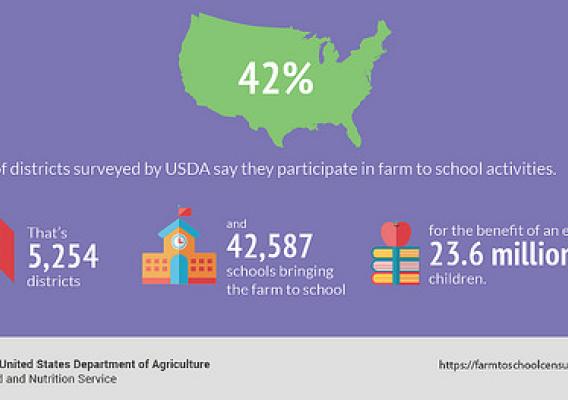The following guest blog discusses the importance of USDA Summer Meals Programs, which provide children with healthy food during the summer, when the school meals they depend on disappear. Childhood memories shared by the writer demonstrate how critical healthy meals are to the growth and development of children. USDA’s approaches to making summer meals accessible are also highlighted.
By Jesus Garcia, Special Assistant, Office of Communications, Administration for Children and Families (HHS)
When I was young, summers seemed to last forever. Days were long and hot in rural South Texas.
One thing I looked forward to after riding my bicycle all over the neighborhood was a nice lunch prepared by my grandmother Angelita. Meals like arroz con pollo (rice with chicken) or carne guisada (stewed meat) with a side of beans provided the energy I needed to keep up with an adventurous summer.
Good food not only helps your body climb hills when you’re a kid, but it helps your brain develop in order to learn new stuff. For some children in our communities, though, not enough healthy food is available for them to enjoy and help them grow. Luckily, a very helpful program exists that communities can use to tackle this problem: USDA’s Summer Meal Programs.

